Filenews 9 June 2025 - by Angelos Nicolaou
A pioneering scientific study by the University of Cyprus overturns the common perception of quarries, presenting them not only as industrial zones, but also as important, sometimes unique, biodiversity-rich habitats. The study was carried out by the Laboratory of Ecology and Biodiversity of the Department of Biological Sciences, under the scientific responsibility of Professor Spyros Sfendourakis, and will be officially presented on June 19, 2025, at the Event Hall of the University of Cyprus.
The research, funded by the Pancyprian Association of Skyscrapers, aimed to record and evaluate biodiversity in 10 representative aggregate quarries in all quarry zones of the free areas of Cyprus. The quarries studied were: • Iakovos quarries (Xylopagou) • Quarry of Pyrga (Pyrga) • Quarries of Mosfiloti (Mosfiloti) • ELMENI (Agios Sozomenos) • Eleftherios Panagi & Sons (Sia) • K. Kythraiotis & Son (Parekklisia) • Skyra Vasas (Vasa) • Farmaka Quarry (Farmakas) • EME (Mitsero) • Gennadios Theologou & Sons (Androlykou).
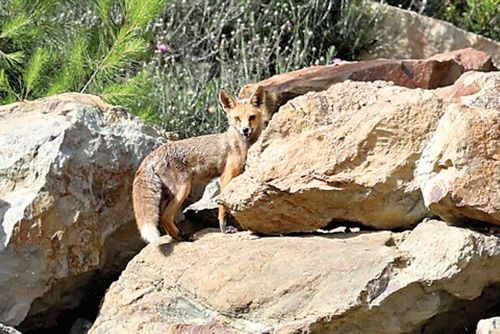
Despite the industrial nature of the quarries, the study showed that these environments are often home to rare or even endemic species of flora and fauna, which are absent from the neighbouring natural areas. The existence of temporary wetlands and vertical rocks within the quarries seems to create micro-habitats ideal for quite sensitive species.
Among the findings, the following stand out: • The habitat of Ziziphus lotus (paloura) in Mitsero, a priority for the EU. • The endemic species Onobrychis venosa and the wetland in Agios Sozomenos, with high ecological value. • The endemic toad species Bufotes cypriensis and the priority habitat of Mediterranean seasonal lakes in Androlykou. • The wading species Gallinula chloropus (Arkopetinaro) in Xylofagou. • The rare isopod Armadillidium marmoratum and many endemic butterfly species.
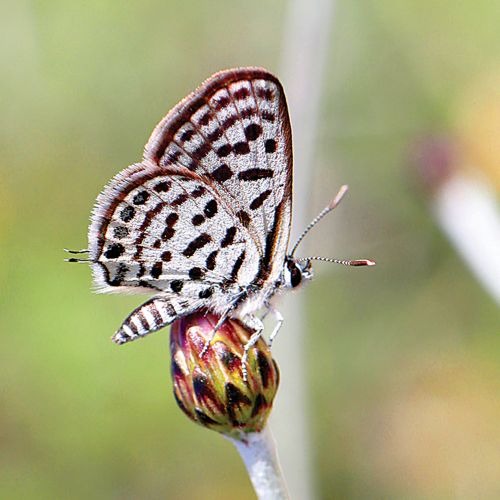
The findings of the study are a valuable guide for the development of a sustainable development strategy in the quarrying industry and highlight the possibility of harmonious coexistence of productive activity and nature protection. At a time of global biodiversity loss, Cyprus is leading the way for science-based, environmentally responsible development.
The results show that despite industrial activity, the special habitats created within quarries, such as wetlands and vertical rocks, are home to rare species, which are not found in the surrounding natural areas. The study offers valuable data on the protection and conservation of these areas and the promotion of sustainable practices in the quarrying industry.
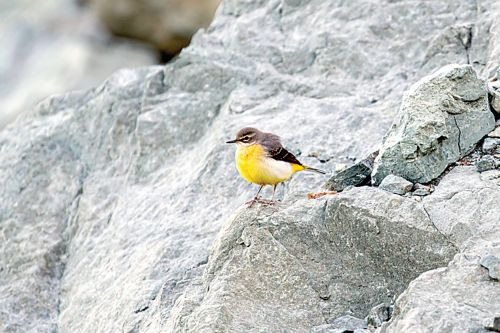
The results showed that there is no significant difference in biodiversity inside and outside quarries, while in several cases the particular habitats created within quarries, such as wetlands and vertical rocks, host important species that do not occur in the surrounding locations. In contrast, restoration sites tend to host more invasive and anthropophilic species, the reduction of which should be a goal of restoration management. The study also offered advice on optimizing restorations and highlighted the importance of long-term conservation of wetland ecosystems within quarries.
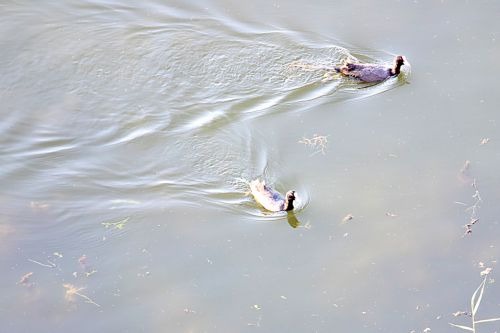
Biodiversity assessment – The Research Team visited many quarries
The impact of aggregate quarries on the environment is of great concern to the general public and the quarry community, as we live in a time of great decline in the planet's biodiversity. More and more data from the international literature show that the impact of quarrying activities on biodiversity is a complex issue, and the emerging picture shows that quarries play an important role in shaping the new composition of local biocommunities, often with a particularly positive sign. The relevant situation in Cyprus remains largely unknown, as there has been no comparative evaluation of data from a large number of quarries that take into account many components of biodiversity.
The study started in March 2024 and was completed in March 2025. The Research Team visited many aggregate quarries throughout Cyprus and ultimately selected 10 as representative. These quarries are located in all quarry zones of the free areas of the island, and in the entire range of habitats where quarries have been developed.
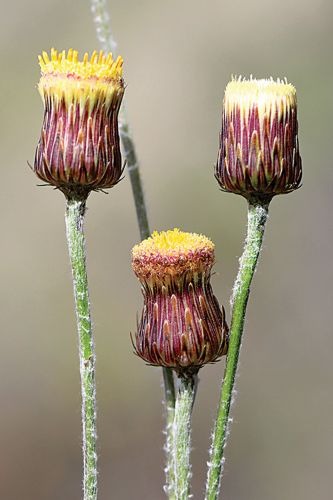
In each of them, two main registration sites were selected, one in the restoration sites and one outside the boundaries of the quarry, in a position representative of the biotopes of the area. In addition, recordings were also carried out in the seasonal water collections created within the quarries. At each location, habitat types, plants, birds, reptiles, amphibians, three-family beetles, butterflies and terrestrial isopods were recorded. Indications of the presence of non-flying mammals were also recorded.
The presence of seven habitat types was found, three of which are a priority for the EU. Also, if the small wetlands formed in the quarries are preserved and after the end of operation in several locations, they will add another important habitat type.
